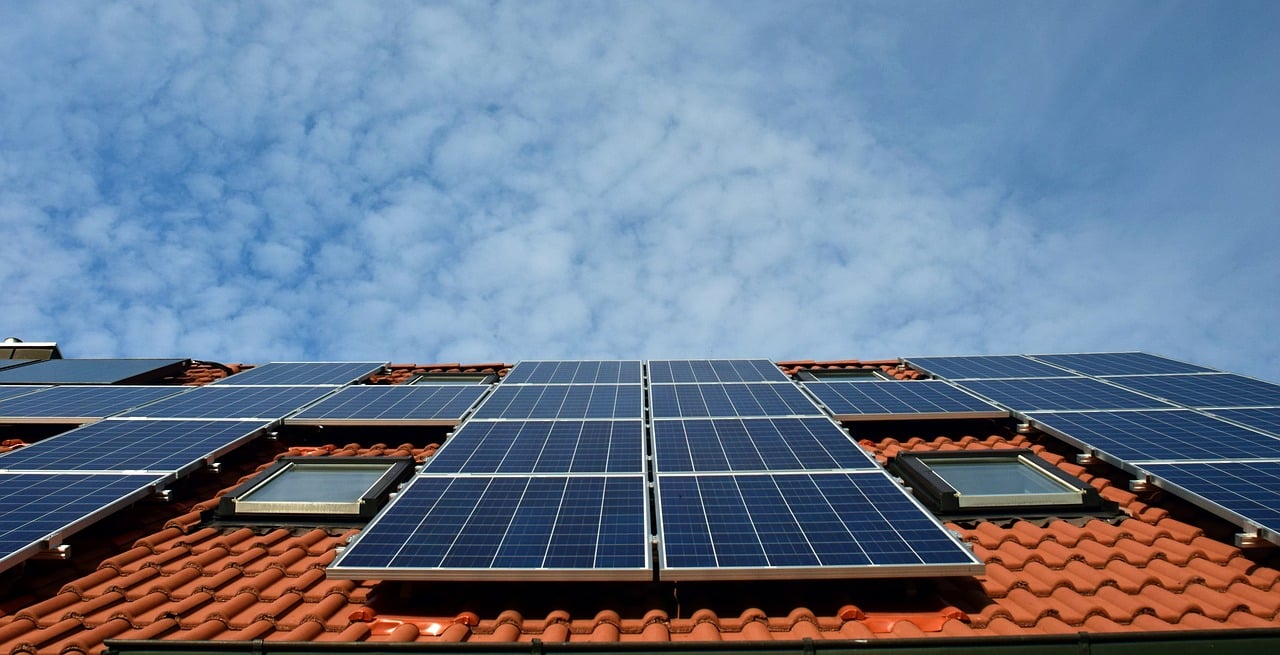
What is a solar PV export tariff?
When your solar panels generate electricity, this has to be used on site at that moment or sent to the grid – unless your system is off-grid or you have battery storage to retain power on site for later use. But what happens to the excess electricity you send to the grid? That’s where an export tariff comes in – it’s the rate at which you’re reimbursed for every unit of generated electricity you sell to the National Grid.
What is the Smart Export Guarantee?
The Smart Export Guarantee (SEG) is a legal obligation for larger electricity suppliers to offer an export tariff. It came into effect on 1st Jan 2020, with companies launching a range of different tariffs. The aim of the SEG is to ensure homeowners are paid for their excess renewable energy and to encourage suppliers to offer competitive prices for that energy.
- Suppliers with more than 150,000 customers have to offer at least one export tariff.
- While there is no minimum tariff rate, it must always be greater than zero (even when wholesale prices of electricity are negative).
- Tariffs may be flat, variable or smart rate (adjusting based on wholesale prices) – the government wants to encourage innovation in this area.
- Systems must be less than 5MW to qualify.
- Systems must be installed by an MCS certified installer.
- You need a smart meter to monitor exported electricity.
Ofgem has confirmed to us that SEG payments are non-taxable, “as long as the installation is at the generator’s home and the amount of electricity generated does not significantly exceed the amount consumed.”
How much electricity will you use on site?
The amount of solar generated electricity you use depends on which times of day you’re mainly at home. An average assumption for domestic solar panels is that 30% is used on site and 70% is exported, when the owners are out at work 9-5. If you’re at home during the day then you may use around 50%, while a commercial property is likely to use over 80% on site.

Combining with battery storage
Since PV systems produce most power when the sun is at its peak, if you’re out during the day then you won’t be using this. Rather than exporting it to the grid, it’s worth considering home batteries to soak up this power to discharge later. As long as the cost of each battery storage slot is 10p or less (which it generally is), using your own electricity in this way will be more cost-efficient than selling to the grid for say 5.5p/kWh during the day and buying more for at least 19p/kWh in the evening.
Electricity discharged from home batteries is also eligible for the Smart Export Guarantee, as long as they are located alongside a small-scale renewable generator like solar PV. Therefore you could take advantage of peak and off-peak rates to charge up the battery at off-peak times, and then export to the grid when national demand is highest.
What export tariffs are on offer?
The average SEG tariff offers about 5.5p/kWh for exported solar energy.
Some suppliers offer more than others, and we have already seen tariffs develop as companies seek to win your custom and bolster their mix of renewable power sources to meet environmental targets. There are now favourable plans for existing customers, Powerwall owners and more.
For more details, see our SEG tariff comparison.
How does this compare to previous tariffs and subsidies?
The SEG is seen as a replacement for the previous solar subsidies, the Feed-in Tariff and Export Tariff, which both closed to new customers on 31st March 2019.
The Feed-in Tariff guaranteed people who installed a qualifying solar system money for every unit of energy they generated, whether it was used on site or not. The unit price was set at the time of install and guaranteed for the following 20 years. Every 3 months this price was reviewed based on the uptake of installs, and subsequently reduced.
The old Export Tariff was a further payment of around 5p per kWh, based on the assumption that 50% of energy was exported to the grid (whether it was or not!).
Smart Export tariffs – Are they worth it? Both these tariffs were paid by the electricity supplier you registered with – the downside being this cost was passed onto all customers, regardless if they could afford to invest in solar or not. Of course, the upside was huge development in the solar industry which led to prices falling by over 50% in the last decade. And so now solar is able to support itself without subsidies and affordable for many more people.








